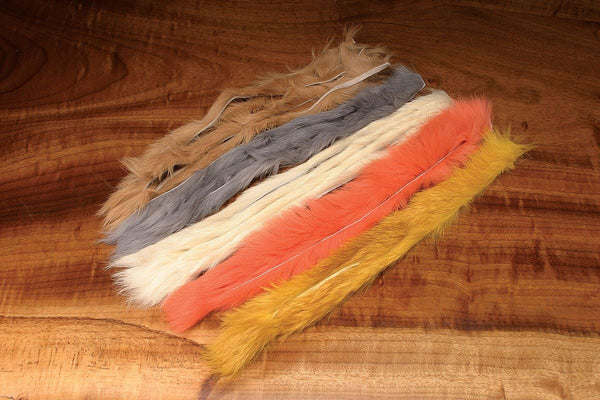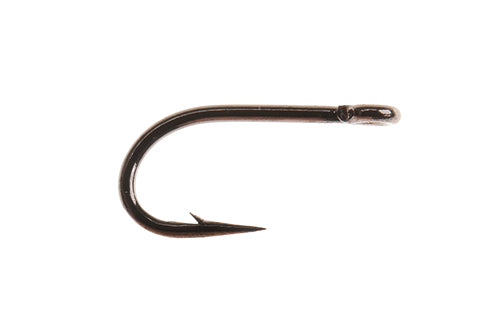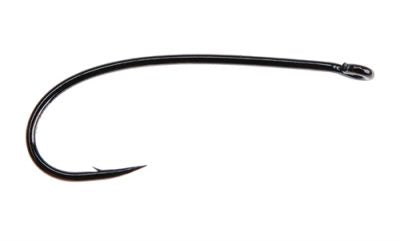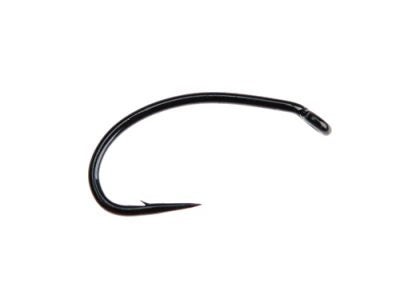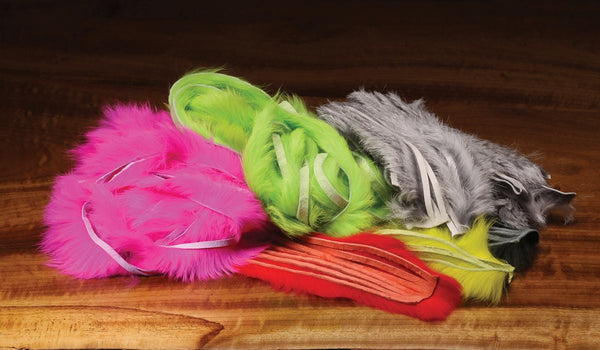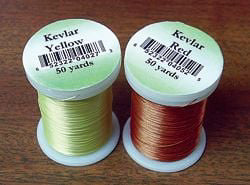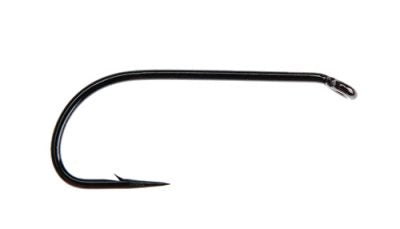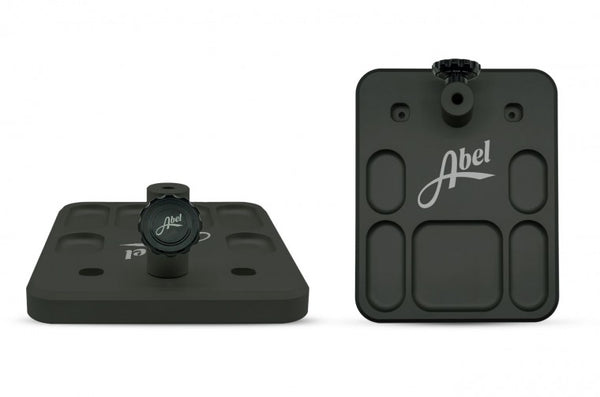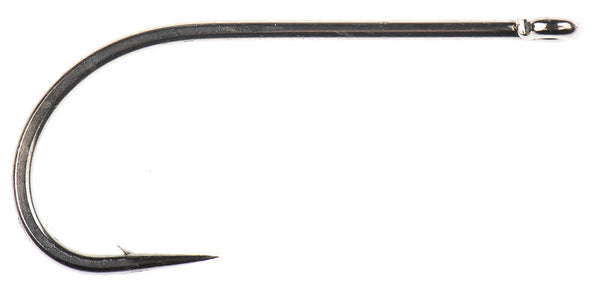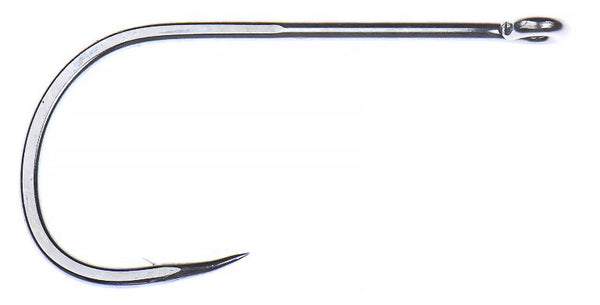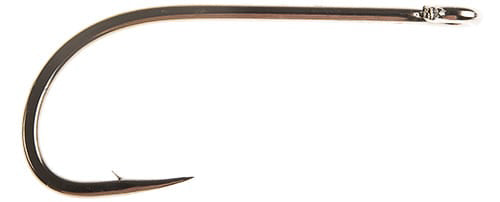What is Tailwater Fly Fishing
Tailwaters are rivers and streams flowing from dams, often maintaining a consistent year-round temperature. This stable environment fosters an abundance of aquatic insects, making tailwaters some of the most productive trout fisheries in the world. However, they can also be highly technical, requiring precise presentation, the right fly selection, and a strategic approach.

Rod Choice for Tailwater Fishing
Since tailwaters often require delicate presentations and long, accurate casts, the ideal rod should have the right balance of finesse and control.
Standard Fly Rods (Dry Fly & Indicator Nymphing)
- Weight: 3-5 weight rods are ideal, depending on the size of the river and trout.
- Length: A 9'0" to 10'0" rod is preferred for better reach, line control, and mending.
- Action: Medium-fast to fast action rods provide both the delicacy for dry flies and the backbone for nymphing.
-
Recommended Rods:
- Sage R8 Core 10' 4wt – Perfect length for indicator nymphing and dry droppers.
- Orvis Helios D 9' 5 wt – Excellent accuracy and presentation control.
- Scott Centric 9' 5 wt – Fast but still delicate enough for dry fly presentations.
- Douglas Sky G 9' 5 wt – Fantastic all-around rod.
- G Loomix NRX+ 10' 4wt – Perfect indicator nymphing, dry droppers, and tiny streamers
Euro Nymphing Rods (for tight line nymphing techniques)
- Weight: 2-4 weight rods are preferred for sensitivity and control.
- Length: 10'0" to 11'0" rods help with reach and maintaining a tight line.
- Action: Medium to medium-fast action with a sensitive tip to detect subtle strikes.
- Recommended Rods:
- Orvis Helios 10' 4 wt – Technically not a euro rod but is outstanding for tight line nymphing.
- Sage ESN 10' or 10' 6" 2-3 wt – Excellent balance and feel.
- Orvis Recon 10' 2-4 wt – Lightweight and precise for tight-line techniques.

Fly Selection for Tailwaters
Tailwaters are known for their selective trout, requiring realistic fly patterns. Key fly types include:
Dry Flies (for hatches and surface feeders)
- Blue-Winged Olive (BWO) – #18-24
- Pale Morning Dun (PMD) – #16-20
- Midges (Griffith’s Gnat, Matt’s Midge) – #20-26
- Caddis (Elk Hair Caddis, X-Caddis) – #14-18
Nymphs and Midges (for subsurface feeding)
- Zebra Midge – #18-24
- RS2 – #20-26
- Black Beauty – #20-24
- Top Secret – #20-24
- Squirmy Wormy – #10-14
- Blood Midges – #20-24
- Red Annelid – #12-18
- Pheasant Tail Nymph – #16-22
- Scuds/Sowbugs – #14-20
- San Juan Worm – #12-16
- Egg Patterns – #12-16
Euro Nymphing Patterns (heavy flies for tight-line presentations)
- Perdigon – #16-20
- Walt’s Worm – #14-18
- Frenchie – #14-20
- Mayers Mini Leech – #12-16
- KJ Hot Rib Hares Ear – #14-16
- Rainbow Warrior – #16-22
- Duracell – #14-16
- Roza's Pink Tag – #14-16
Streamers (for targeting larger fish)
- Woolly Bugger – #12
- Slump Buster – #8
- BH Woolly Bugger – #12

Leader & Tippet Length for Tailwaters
Trout in tailwaters can be very leader shy, requiring longer, thinner setups:
- Leader Length: 9-12 feet (sometimes up to 15 feet for ultra-clear water).
- Tippet Size: 5X-7X fluorocarbon for nymphs and dry flies.
- Euro Nymphing Leader: 15-20 feet, often using a sighter for strike detection.
- Indicator Rigs: When nymphing, use a small strike indicator with a two-fly rig to cover different depths. Consider using yarn indicators for really spooky fish.
Famous Tailwater Fisheries in the U.S.
Some of the best tailwaters in the country include:
- Missouri River (MT) – Known for its prolific hatches and large browns/rainbows.
- San Juan River (NM) – Famous for huge trout and tiny midge fishing.
- South Platte River (CO) – Highly technical with spooky trout and challenging drifts.
- Green River (UT) – Stunning scenery and thousands of trout per mile.
- Bighorn River (MT) – Consistently one of the best tailwaters for numbers and size.
- White River (AR) – Known for trophy brown trout and streamer action.

Final Tips for Tailwater Success
- Match the Hatch: Observe the insects in the water and adjust accordingly.
- Use Fluorocarbon Tippet: It's nearly invisible and helps with wary fish.
- Adjust Depth Frequently: Tailwater trout feed at different levels throughout the day.
- Stay Stealthy: Slow movements and good casting angles help avoid spooking fish.
- Experiment with Euro Nymphing: Tight-line techniques can be deadly in deep, slow-moving tailwaters.



